
The war in Ukraine indirectly gave Romania the opportunity to locate a large car factory: Nokian Tires’ investment of 650 million euros. This was a rare occurrence, as the Nordic countries were on the brink of disaster after withdrawing from Russia, which saw the company’s global production drop by 80%. Why was Oradea chosen instead of Debretin? What does the head of Nokian Tires say about robotics in Oradea and the idea of expanding the factory in the future?
Oradea will not be a “copy” of the former plant in Russia, but something completely different
Few large automobile companies have been as badly affected by the war in Ukraine as Nokian Tires. The company produced 19 million car tires annually, with 80% of the output produced in Russia.
Like other Western companies, Nokian Tires was also forced to leave the Russian market, it did so in 2023, costs exceeded 300 million euros, and production capacity dropped to 7 million tires per year.
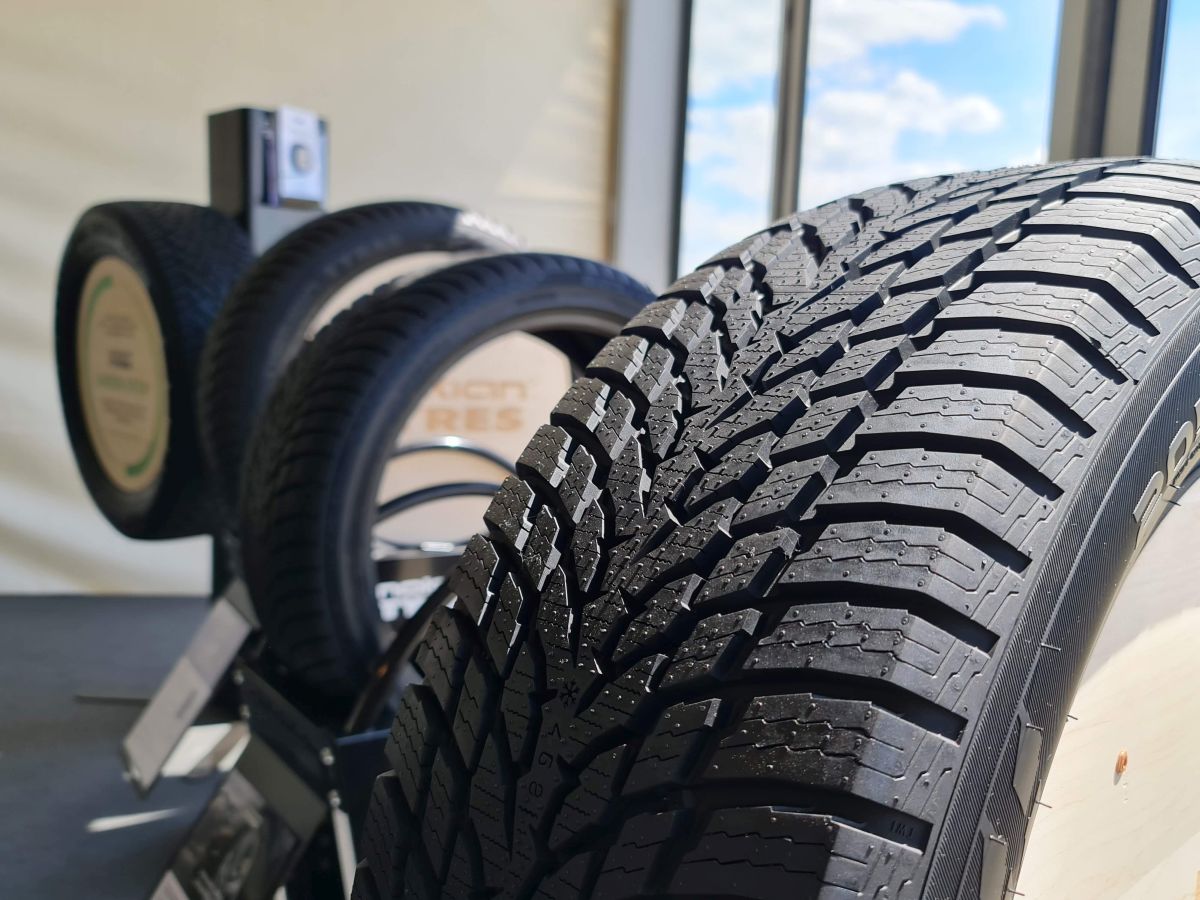
Photo: Vlad Barza
The Finns faced a quick decision: a new factory was needed to at least partially compensate for the large production losses in Russia; 40 sites from several countries of the region were analyzed, and the winner was the city of Oradea.
- The start of work at one of the largest car factories in Romania in recent years
“We left Russia, we sold the activities, but we are not trying to recreate in Orade our former presence in Russia, we are building something completely new, completely different, for the European markets, for the future with electric and hybrid cars, and we will focus on sustainability. Russia is a completely different market,” explains the head of Nokian Tires.
Why Oradea and not Debrecen?
Why Oradea and not Debrecen, the city that attracted BMW and other big companies? Why is Romania, and not Hungary, a country that has attracted many large automotive investments?
Cheaper labour, existing motorways to Central Europe and the fact that Oradea is at most a day’s drive from the main export destinations in Central Europe all played a role, meaning that most tires would end up being sold no more than 1000km away.
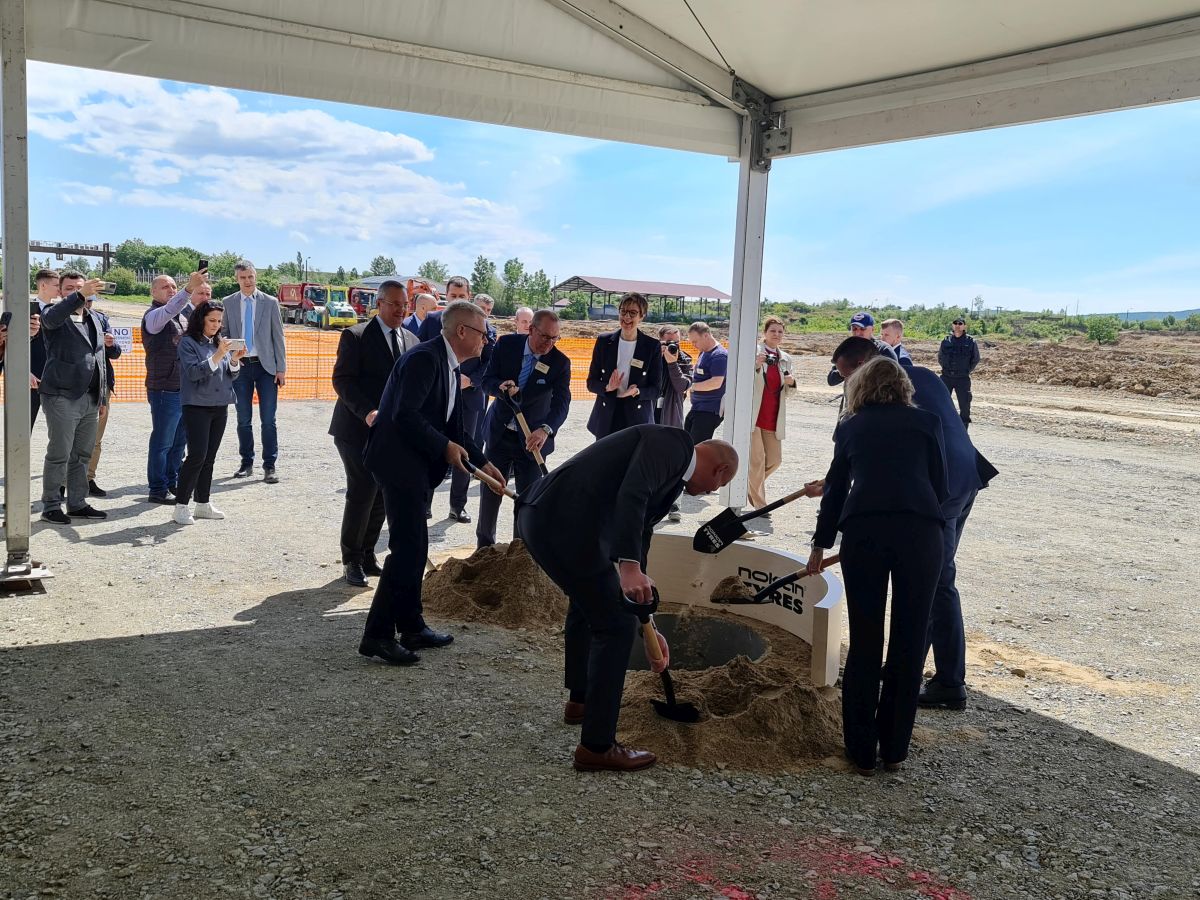
Festive moment at the grand opening of the construction site in Oradea (photo by Vlad Barză)
Juukki Moisio, CEO of Nokian Tires, says that it was very important that the plant is located near a large city (183,000 inhabitants), so technical universities can be of great help in manpower on the assembly lines in the coming years. The official counterexample was the American factory in Dayton, a small town with a population of only 8,000 people, and the nearest big city is 50 km away. The situation is much more favorable in Oradea.
-
Debrecen phenomenon. How a city in Hungary attracted more than 10 billion euros of investment in electric vehicles
The fact that there is a modern railway to Central Europe was also of little importance. through Hungary and Austria. Oradea is less than 10 km from the border with Hungary, and raw materials, which are heavy and bulky, are mostly brought by train. The railway has a smaller share of tires that will be exported to Central Europe.
Macroeconomic stability was important, as well as long-term energy availability, the aim was for the factory to operate with zero CO2 emissions. Green energy generated nearby will also be used, and the authorities want to invest in solar “parks” around the city.
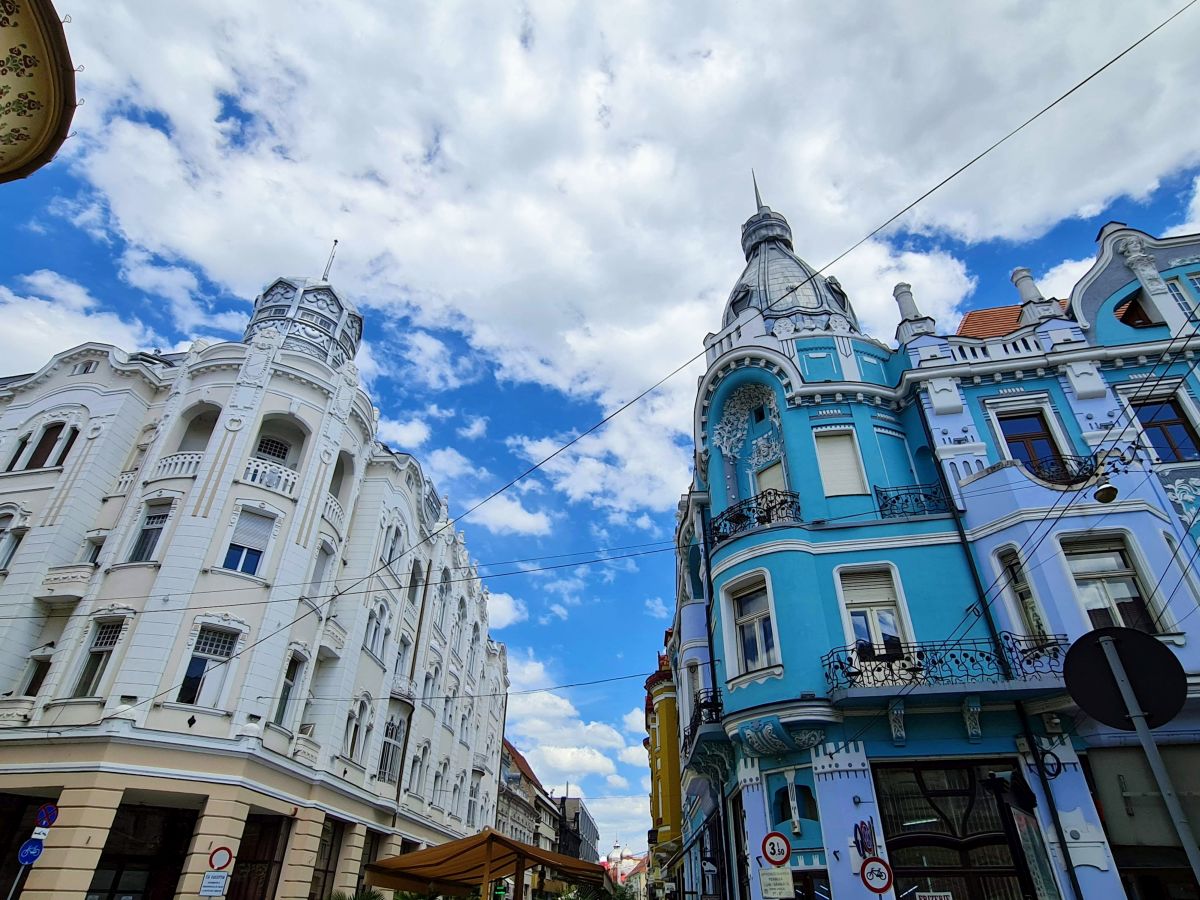
City of Oradea
Most of the energy used in the plant will come from renewable sources, and the steam needed for the tire manufacturing process will be produced without the use of fossil fuels.
It would also be possible to employ people from Hungary if there is not enough people in the Oradea region
I asked Jukka Moisio where Nokian Tires hopes to find 500 people for the new factory in Oradea, where two large workshops will be built, which should be ready in a few months, and from the beginning of 2024, the installation of machines will begin.
The unemployment rate is low in the west of the country, where many auto component companies are already operating. For many years it was a big problem to find labor in this area.
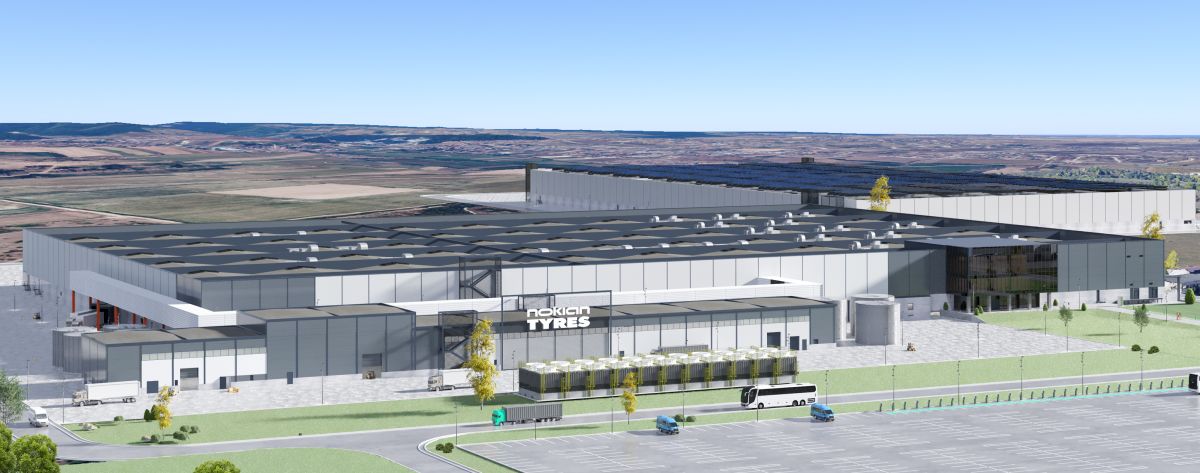
Illustration of the future factory (photo by Nokian Tires)
The priority is to find people from technical universities in Oradea, and at the next stages, people from Hungary or Ukraine may also be hired. “It would be better to find people locally, we are not targeting other countries. If there are people who want to come from the other side of the border (without Hungary), we will not be against it, but we will start from Romania,” says Moisio.
Hiring will begin in 2024, when a complex installation operation will also take place. Negotiations with technical faculties will begin and Nokian Tires wants to organize training courses locally and involve people from Finland.
A long way to become the largest factory in the group
It is planned to reach an annual production of 6 million tires, of which more than 90% will be exported mainly to Germany, Austria and Switzerland, as well as to Poland and the Czech Republic. A very small fraction of tires can make it to the US.
The 6 million target could be reached in 2026 or 2027, and the land the company has in Oradea would allow it to increase production well above 6 million units a year, even triple, but that decision has not yet been made. because it is still early and the first two halls have not been built either. A possible decision to increase production capacity will be made, especially if an increase in market demand is expected.
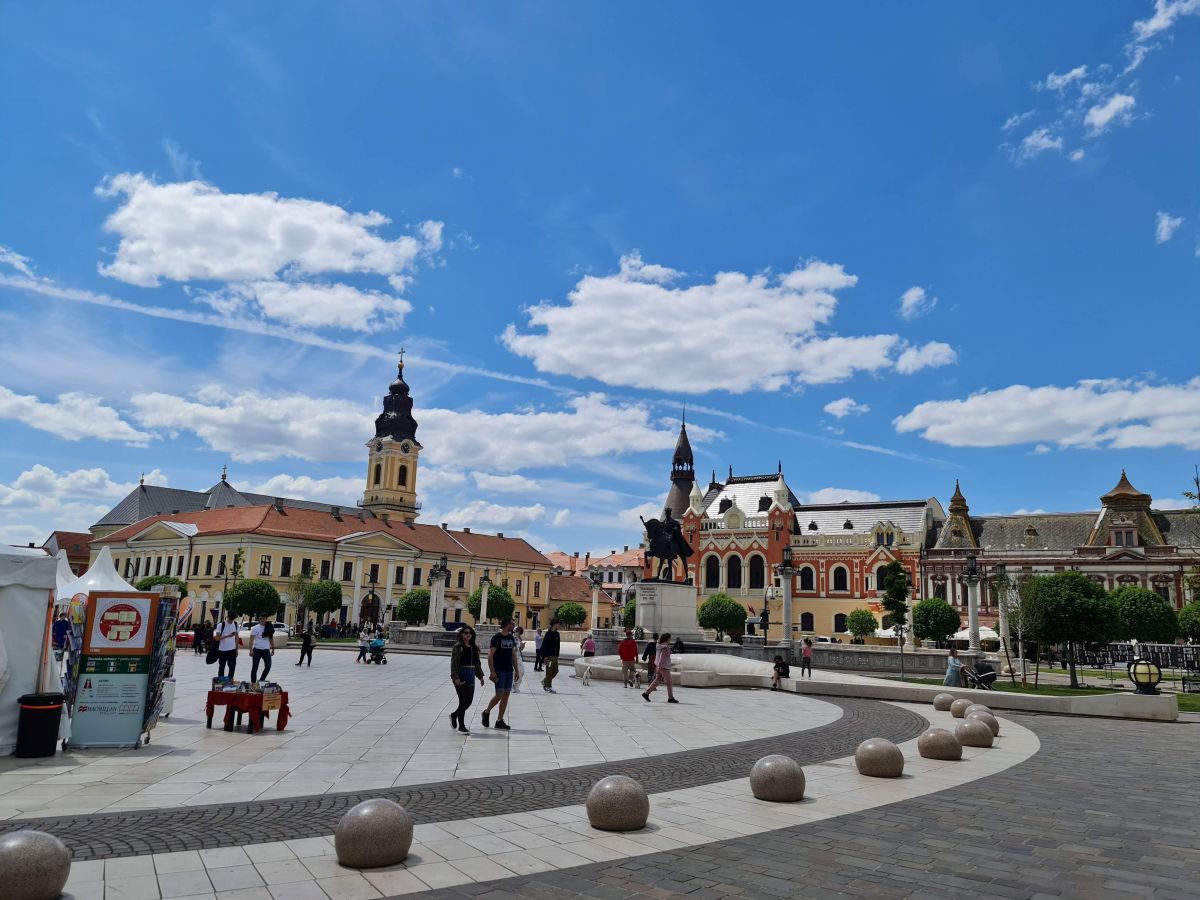
Oradea, Union Square district
In 2027, the Oradea factory is set to become the largest of Nokian Tires, accounting for more than 40% of the more than 15 million tires produced worldwide. The plant in Finland, currently the largest, will have 35% of the total, while the US plant, where the expansion is underway, will hold about a quarter of the total production (4 million tires).
Nokian Tires Oradea will also be the group’s most automated unit after opening in the US in 2020. In Oradea, 6 million tires will be produced annually by 500 employees, while in the US, 430 employees will produce 4 million tires annually. In the past, before the development of automation processes, the production of 6 million tires per year required a workforce of several thousand workers,
The plant in Oradea will produce tires for cars and larger SUVs, and the investment is made with the idea that production will be as high as possible for the next 20-30 years, in a changing market where more and more electric cars will be sold.

River Krysul Repede, in the center of Oradea
Nokian Tires has a market cap of $1.3 billion, down from more than $5 billion at the start of 2022, when the war in Ukraine had not yet begun.
The withdrawal from Russia also reduced the total number of employees by about a thousand to 4,100.
Source: Hot News
Lori Barajas is an accomplished journalist, known for her insightful and thought-provoking writing on economy. She currently works as a writer at 247 news reel. With a passion for understanding the economy, Lori’s writing delves deep into the financial issues that matter most, providing readers with a unique perspective on current events.